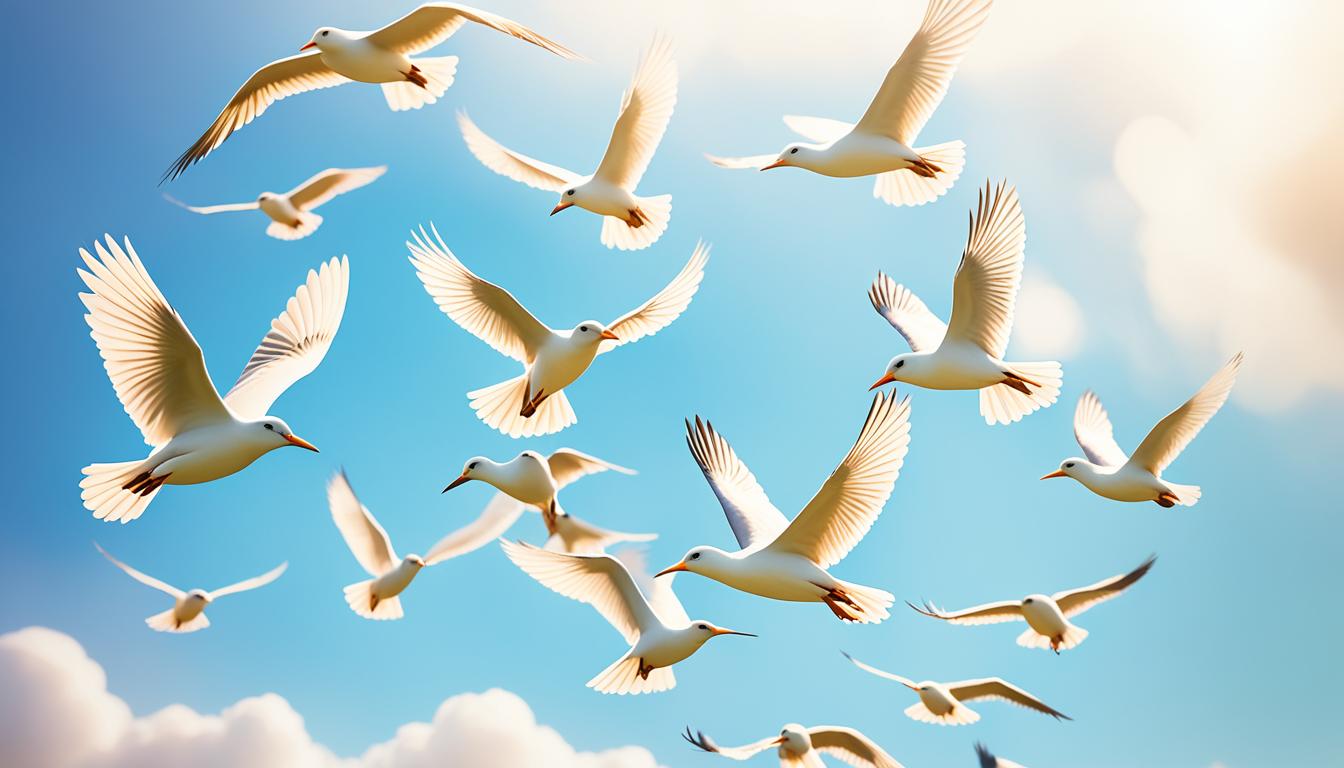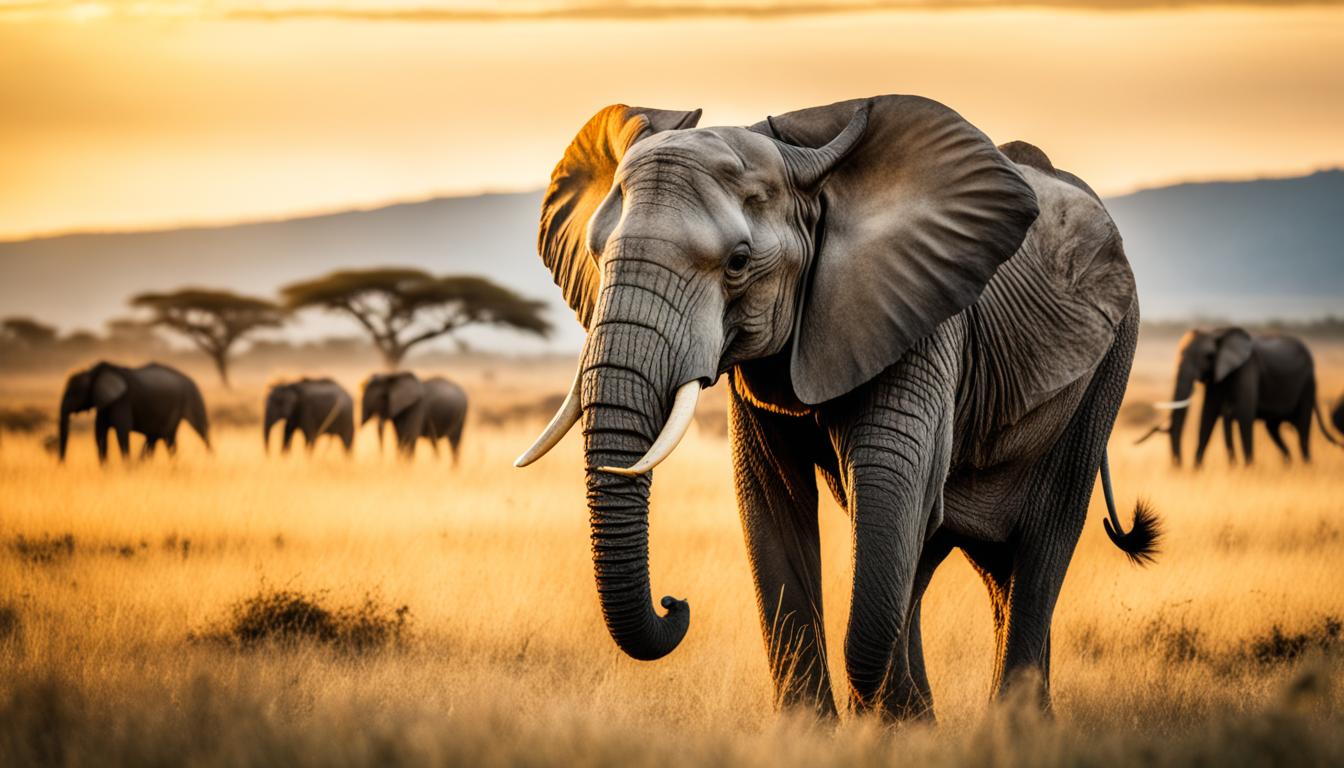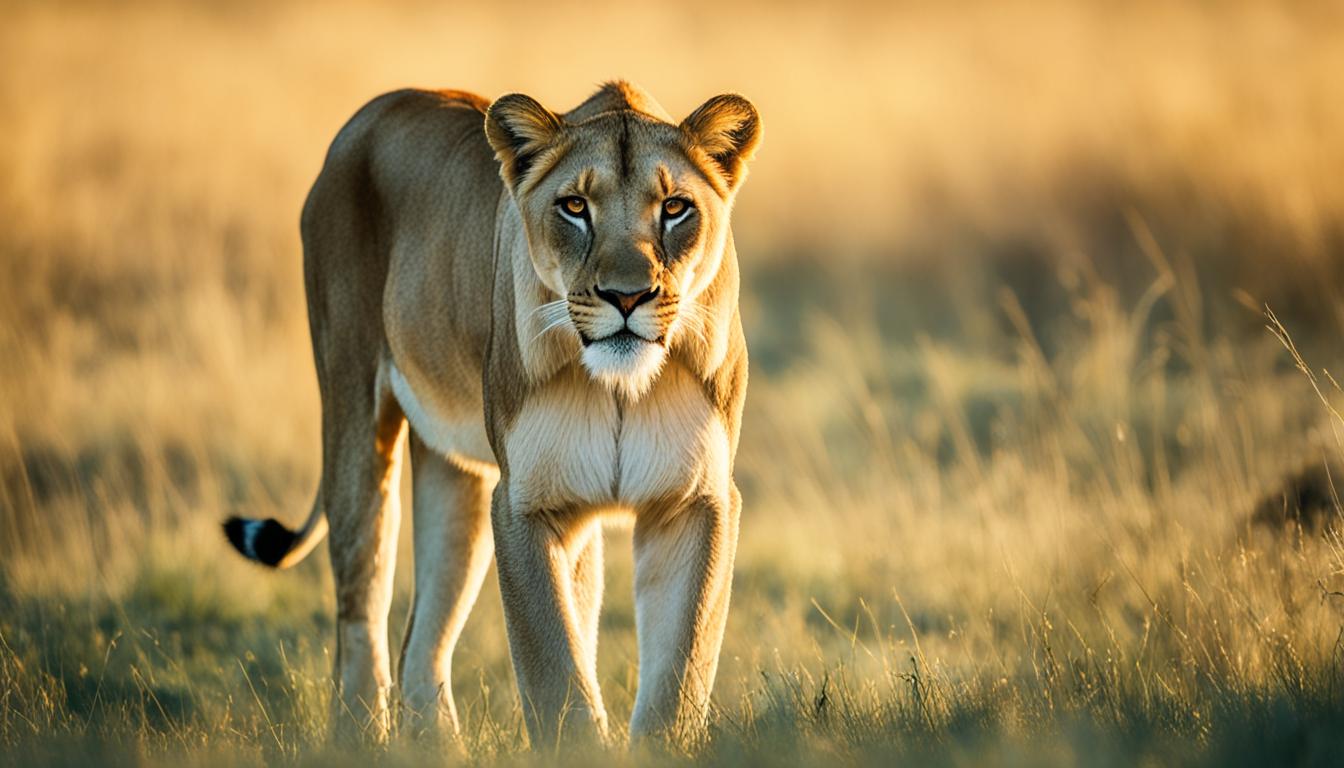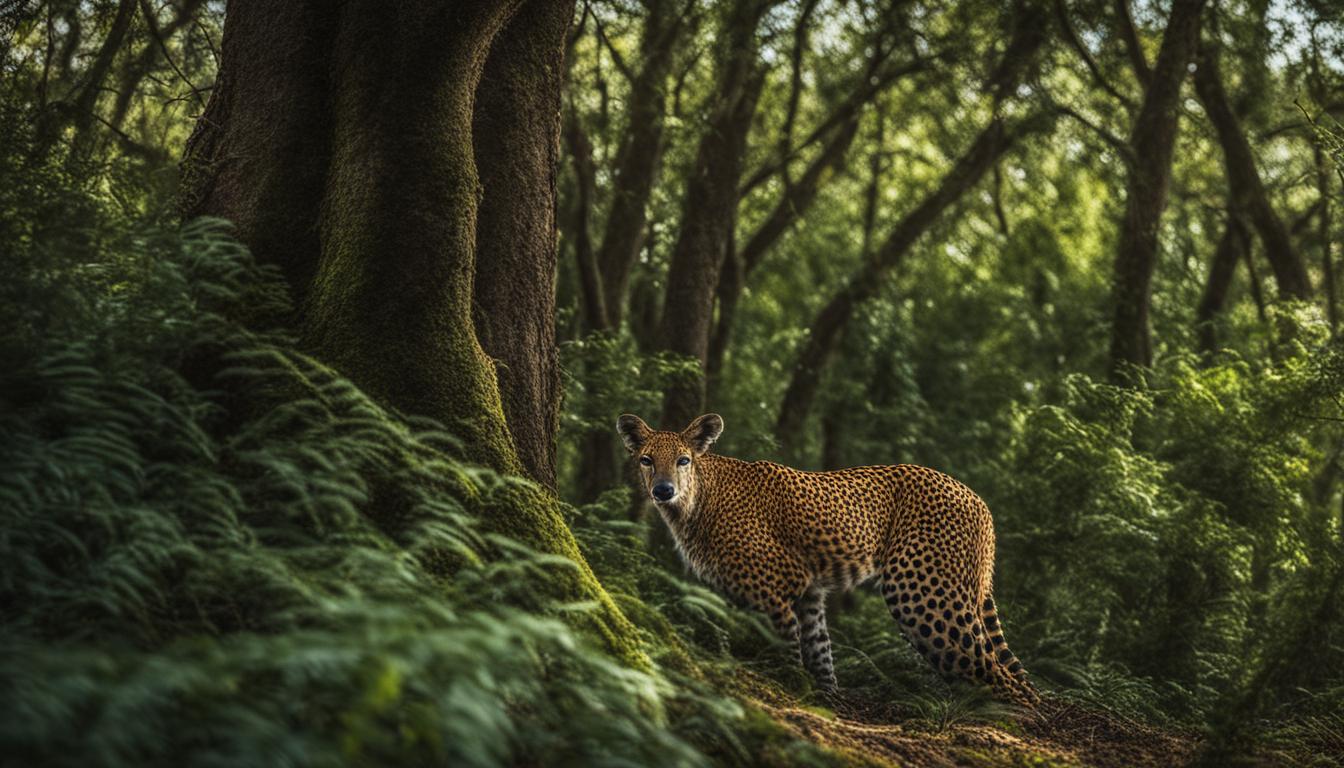Welcome to our guide on mastering the art of capturing birds in flight. Bird photography is a challenging yet incredibly rewarding form of nature photography. There’s something magical about capturing these graceful creatures mid-air, and with the right techniques, you can create stunning images that showcase their beauty and elegance.
Whether you’re a beginner looking for bird photography tips or an experienced photographer eager to refine your skills, we’ve got you covered. In this article, we will explore the best camera settings for capturing birds, discuss bird in flight photography techniques, and offer valuable insights into birdwatching photography composition.
Photographing birds in flight requires more than just having a good camera. It demands stamina, hand-eye coordination, and quick reflexes. From choosing the right equipment to understanding steady shooting techniques and working with the weather and light, every aspect plays a crucial role in capturing those perfect moments.
So, let’s dive in and discover the secrets to photographing birds in flight like a pro!
Key Takeaways:
- Mastering bird photography techniques requires practice, patience, and observation.
- Choose the right camera and lenses with high burst rates and swift autofocus for capturing birds in flight.
- Ensure steady shooting by using tripods, monopods, or hand-holding techniques.
- Paying attention to weather and light conditions can greatly enhance your bird photography.
- The background plays a crucial role in creating visually appealing bird images.
Choosing the Right Camera and Lenses
When it comes to bird photography, selecting the perfect camera and lenses is crucial for capturing those stunning in-flight moments. To help you make an informed decision, we’ll cover the essential factors to consider.
The Right Camera
To freeze the motion of birds in flight, we recommend using a DSLR or mirrorless camera with a high burst rate and swift autofocus. These features allow you to capture multiple frames per second and quickly focus on fast-moving subjects.
Telephoto Lenses for Close-up Detail
When it comes to lenses, having a telephoto lens with a focal length of 300mm to 600mm is ideal for bringing distant birds closer and capturing intricate details. The longer focal length allows you to fill the frame with the subject, resulting in sharper images.
Fast Lenses for Optimal Lighting
In addition to focal length, the maximum aperture of the lens is also important. Opt for fast lenses with a maximum aperture of f/5.6 or larger. These lenses allow more light to enter the camera, enabling faster shutter speeds and reducing the chances of motion blur.
By choosing the right camera and lenses, you’ll be well-equipped to capture breathtaking images of birds in flight. Next, we’ll explore techniques for ensuring steady shooting while photographing birds in flight.
Ensuring Steady Shooting
When photographing birds in flight, achieving steady shooting is crucial to capture sharp and clear images. Whether you choose to use a tripod, monopod, or hand-hold your camera depends on various factors, including the weight of your gear and personal preference.
If you opt to hand-hold your camera, there are a few techniques that can help you maintain stability. First, ensure you have a stable stance by planting your feet firmly on the ground, shoulder-width apart. This will provide a solid base to minimize camera shake. Secondly, hold your breath as you pan with the flying bird to minimize any involuntary movement. By holding your breath, you can further enhance stability and increase the chances of capturing a sharp image.
On the other hand, using a tripod or monopod offers additional stability. When selecting a tripod, consider its weight rating and quality. A sturdy tripod with a higher weight rating will provide better stability, especially in windy conditions. Likewise, a quality monopod can offer a balance between stability and mobility.
Hand-Holding Techniques for Steady Shooting:
- Plant your feet shoulder-width apart for a stable stance
- Hold your breath as you pan with the flying bird
Choosing the Right Tripod:
- Select a tripod with a higher weight rating and stability
Remember, steady shooting is vital when photographing birds in flight to ensure the clarity and sharpness of your images. Experiment with different techniques and find the method that works best for you and your gear. By mastering steady shooting, you’ll be on your way to capturing stunning and precise moments of birds in flight.
Working with the Weather and Light
When it comes to bird photography, understanding and working with the weather and light conditions can make a significant difference in the quality of your shots. Here are some essential tips to help you optimize your photography:
- Shoot when wind and sun align: It is best to photograph birds in flight when the wind and sun are coming from the same direction. This is because birds prefer to fly into the wind, which can provide you with better opportunities to capture their majestic flight.
- Utilize strong wind: Strong winds can slow down birds in flight, making them more predictable and easier to capture. So, if you have the chance to shoot on a windy day, take advantage of it and increase your chances of getting stunning shots.
- Understand light quality and angle: The quality and angle of light play a vital role in creating impactful bird photographs. Pay attention to the direction and strength of light to capture birds with beautiful highlights and shadows, enhancing the overall composition.
Lighting Tips:
- Morning and evening golden hours: Shooting during the golden hours, which are the early morning and late evening, can provide you with soft, warm light that adds a magical touch to your bird photographs.
- Avoid harsh midday light: Midday sunlight can create strong shadows and high contrast, potentially washing out the details in your bird photos. It is advisable to avoid shooting during this time or find shaded areas to mitigate the harsh light.
Tip: Be patient and observant, as changes in lighting conditions can produce unique opportunities for capturing birds in flight. Adapt and adjust your settings accordingly to maximize the potential of each lighting situation.
Remember, in bird photography, the weather and light conditions can greatly influence the outcome of your shots. By being in tune with the elements and leveraging their effects to your advantage, you can elevate your bird photography skills and capture breathtaking images.
This section provided valuable insights into working with weather and light in bird photography. Now, let’s move on to the importance of background in creating impactful bird photographs.
Background Matters
In bird photography, the background is not just a backdrop; it plays a vital role in enhancing the overall composition, whether you’re capturing birds in flight or perched. Choosing a background with interesting colors, textures, or patterns can add depth and visual interest to your shots. It provides context and helps to create a visually appealing image.
When photographing birds in flight, you might have to adjust your position or angle to wait for the perfect moment when the bird is low enough to have a captivating background. This may require patience and careful positioning, but the results can be well worth the effort. A well-chosen background can make your subject stand out and add an element of artistry to your bird photography.
Avoid shooting birds against a plain, overcast sky, unless you’re intentionally going for a high-key look. Look for backgrounds that complement or contrast with the colors of the bird and its surroundings. An appropriate background can help tell a story or highlight the unique characteristics of the bird, making your images more engaging and visually appealing.
<!– –>
–>Ideal Camera Settings for Capturing Flight
When it comes to capturing birds in flight, using the ideal camera settings can make all the difference. By adjusting your shutter speed, aperture, and ISO, you can freeze the motion of birds and create stunning images that truly showcase their beauty. Here are our recommended camera settings for capturing birds in flight:
Shutter Speed: To freeze the fast-paced motion of birds in flight, it is recommended to use a shutter speed of 1/1600 sec or higher. For faster-moving birds, a shutter speed of 1/4000 sec or even 1/5000 sec can ensure sharpness and capture every detail.
Aperture: Using a wide aperture, indicated by a smaller f-number, can create a shallow depth of field. This technique helps isolate the bird from the background, allowing it to stand out more prominently in the image. Experiment with different apertures to strike the right balance between sharpness and background blur.
ISO: In low-light conditions, you may need to increase your ISO to maintain a fast enough shutter speed. However, be mindful of managing noise levels as high ISO settings can introduce unwanted graininess to your images. Use the lowest ISO possible while still achieving the desired exposure.
By utilizing these camera settings, you can capture birds in flight with clarity and precision, showcasing their graceful movements and intricate details.
| Camera Setting | Recommended Value |
|---|---|
| Shutter Speed | 1/1600 sec or higher |
| Aperture | Wide (smaller f-number) |
| ISO | Lowest possible while maintaining exposure |
Autofocus Settings
When it comes to bird photography, getting the autofocus settings right is essential for capturing sharp and detailed images. Here are some tips to help you optimize your autofocus settings:
- Familiarize yourself with your camera’s autofocus system: Take the time to read the camera manual and understand the different autofocus modes and settings available. Each camera brand and model may have slightly different options, so it’s important to know how to navigate through them.
- Experiment with different focus modes: Depending on the situation, you may find different focus modes more effective. For capturing birds in flight, continuous autofocus (AF-C) is crucial as it tracks moving subjects. This mode adjusts focus as the subject moves, ensuring your shots remain sharp.
- Take advantage of advanced features: Some mirrorless cameras offer bird or animal-eye autofocus (AF) capabilities. These intelligent systems can detect and focus on bird or animal eyes, enhancing focus accuracy and ensuring your subject is perfectly sharp.
- Consider using manual mode: While autofocus is incredibly useful, there are times when you may want more control. Manual mode allows you to take charge of focus, ensuring consistent exposure regardless of changes in the background. This mode is particularly useful in challenging lighting conditions or when shooting against complex backgrounds.
By familiarizing yourself with your camera’s autofocus system, experimenting with different focus modes, and utilizing advanced features when available, you’ll be able to capture stunning bird photographs with precision and accuracy.
Next, let’s explore composition techniques that can take your bird photography to the next level.
Composition Techniques
In bird photography, composition is crucial in creating visually stunning images that capture the grace and beauty of these majestic creatures. By employing proven composition techniques, you can enhance the impact of your bird photography and create images that truly stand out.
Rule of Thirds for Balancing the Frame
The rule of thirds is a fundamental composition guideline that can be applied to position the bird within the frame. Imagine dividing your image into a grid of nine equal parts by drawing two horizontal lines and two vertical lines. By placing the bird along these gridlines or at their intersections, you can create a visually pleasing balance and draw attention to the bird’s important features.
Dynamic Elements with Leading Lines
Adding leading lines to your composition can introduce a sense of motion and dynamism to your bird photography. Look for natural curves, flight paths, or perches that guide the viewer’s eye towards the main subject. These leading lines can add depth and structure to your images, drawing the viewer in and creating a more immersive experience.
Capturing Distinctive Flight Poses and Interactions
Timing is essential in capturing the most captivating flight poses and interactions between birds. By observing and understanding their behavior, you can anticipate their flight trajectories and position yourself in the ideal spot to capture unique moments. This allows you to capture the defining characteristics and intricate details that make each bird’s flight style unique.
“Composition techniques such as the rule of thirds, leading lines, and capturing distinctive flight poses can transform your bird photography from ordinary to extraordinary. By mastering these techniques, you can create visually compelling images that tell a story and evoke emotions.”
– John Smith, Professional Bird Photographer
By incorporating these composition techniques into your bird photography, you can elevate your images and create captivating visuals that truly showcase the beauty of birds in flight.
Timing and Patience
In bird photography, timing is everything. Capturing that perfect mid-flight moment requires a keen eye and a patient approach. By observing behavioral patterns and recognizing the moments when birds display distinctive flight poses, we can significantly increase our chances of getting the desired shot.
Patience is a virtue in bird photography. Birds can be unpredictable, and capturing their grace and beauty in flight requires us to wait for the perfect opportunity. It’s important to remain still and calm, blending into the surroundings to avoid disturbing the natural behavior of the birds.
One technique that can aid in capturing the ideal moment is utilizing burst mode. By setting the camera to continuous shooting, we can capture a rapid series of shots, increasing the chances of getting that one perfect frame where every detail aligns perfectly.
“Timing is essential in bird photography. Patience and observation are key factors in capturing stunning images of birds in flight.”
Remember, it’s not just about pressing the shutter button at the right time; it’s about understanding the behavior of the birds and anticipating their flight trajectories. The more we familiarize ourselves with the birds’ patterns and movements, the better equipped we’ll be to seize those magical moments.
Tips for Timing and Patience in Bird Photography:
- Study the behavior of the birds you are photographing.
- Observe flight patterns and poses to anticipate the perfect moment.
- Practice patience and wait for the ideal opportunity.
- Utilize burst mode to capture a rapid series of shots.
By mastering the art of timing and embracing the virtue of patience, we can elevate our bird photography to new heights, capturing breathtaking moments that showcase the beauty and grace of these magnificent creatures.
Experimentation and Creativity
Bird photography is not only about following technical guidelines. It provides a unique opportunity for photographers to unleash their creativity and experiment with different approaches to capture stunning and artistic shots.
While it’s important to understand the technical aspects of bird photography, such as camera settings and composition techniques, don’t be afraid to break the rules and think outside the box. Explore new angles, perspectives, and styles to create images that stand out.
One way to nurture your creativity is by learning from your mistakes. Embrace the unpredictability of nature and use it as an opportunity to grow as a photographer. Take risks, try new techniques, and don’t be discouraged if things don’t go as planned. Some of the most exceptional photographs are the result of happy accidents and serendipitous moments.
“Creativity is intelligence having fun.” – Albert Einstein
Photographing birds allows us to connect with nature and observe its beauty. By experimenting and thinking creatively, we can capture images that evoke emotions and tell captivating stories. Each photograph becomes a canvas for our imagination, allowing us to express ourselves and share our unique perspectives with the world.
In the next section, we will explore the importance of gear selection in bird photography and discuss advancements in photography tools that can aid in capturing breathtaking images.
Tips for Experimentation and Creativity in Bird Photography
| Tip | Description |
|---|---|
| 1. | Try different angles and perspectives to capture unique shots. |
| 2. | Experiment with different camera settings to achieve desired effects. |
| 3. | Explore different composition techniques to create visually appealing images. |
| 4. | Take risks and don’t be afraid to make mistakes. Learning from them can lead to remarkable results. |
| 5. | Embrace the unpredictability of nature and use it to your advantage. |
Gear Selection and Advancements
When it comes to bird photography, having the right gear is essential to capture those breathtaking moments. We recommend using cameras with swift autofocus and high burst rates to ensure you don’t miss a single frame. These features allow you to track the fast-paced movements of birds in flight and capture stunning images with precision.

One of the most important tools in your bird photography arsenal is a telephoto lens. With a focal length ranging from 300mm to 600mm, these lenses bring distant birds closer, allowing you to capture their intricate details. The longer the focal length, the greater the magnification and the more you’ll be able to highlight the intricacies of each feather and wingbeat.
In recent years, advancements in technology have revolutionized bird photography. Features like animal Eye AF and image stabilization have become game-changers for photographers. Animal Eye AF allows for precise focus on the bird’s eyes, which are often the focal point of the image. This ensures that the bird’s eyes are tack sharp, adding that extra level of detail to your photographs. Image stabilization technology helps counteract camera shake, resulting in sharper images even when shooting handheld or in challenging conditions.
Recommended Gear for Bird Photography
| Camera | Lens | Advancements |
|---|---|---|
| Canon EOS 5D Mark IV | Canon EF 100-400mm f/4.5-5.6L IS II USM | Image stabilization |
| Nikon D850 | Nikon AF-S NIKKOR 200-500mm f/5.6E ED VR | Animal Eye AF |
| Sony A7R III | Sony FE 100-400mm f/4.5-5.6 GM OSS | High burst rate |
Investing in the right gear not only improves the technical aspects of your photography but also enhances your overall shooting experience. With advancements in bird photography tools, you’re equipped to capture stunning images of birds in flight and preserve those fleeting moments forever.
Conclusion
Capturing birds in flight is a thrilling and challenging pursuit that requires a combination of technical knowledge, keen observation, and artistic creativity. By employing the right techniques and tools, photographers can elevate their bird photography to new heights.
Choosing the right gear, such as a high-performing camera with swift autofocus and a telephoto lens, is crucial for capturing birds in flight. Understanding camera settings, like using fast shutter speeds and wide apertures, allows for freezing the motion of the birds and creating a pleasing depth of field.
Composition and timing skills play a vital role in capturing stunning bird images. Applying the rule of thirds, incorporating leading lines, and anticipating flight trajectories can result in visually captivating photographs.
In the end, patience, practice, and a genuine passion for the beauty of birds in flight are essential. Embrace the challenges, experiment with different approaches, and never stop honing your bird photography skills. With dedication and perseverance, you can capture breathtaking and rewarding images of birds in flight.
FAQ
What are some techniques for capturing birds in flight?
To capture birds in flight, it is important to have steady shooting techniques, choose the right camera settings, and understand the behavior of birds. Additionally, being patient and observant can help anticipate flight trajectories and capture unique moments.
What camera and lenses are best for photographing birds in flight?
It is recommended to use a DSLR or mirrorless camera with a high burst rate and swift autofocus. A telephoto lens with a focal length of 300mm to 600mm is ideal for capturing flying birds and bringing distant birds closer.
How can I ensure steady shooting while photographing birds in flight?
Steady shooting can be achieved by using a tripod or monopod, or by hand-holding the camera. When hand-holding, it is important to maintain a stable stance and hold your breath as you pan to keep the camera steady.
How can I work with the weather and light to enhance my bird photography?
It is recommended to shoot when the wind and sun are coming from the same direction, as birds prefer to fly into the wind. Understanding the quality and angle of light, as well as the direction and strength of wind, can greatly enhance bird photography.
How does the background impact bird photography?
The background plays a crucial role in bird photography, both for flying and perched birds. Choosing a background with interesting colors or textures can enhance the overall composition. It is important to avoid shooting birds against a plain, overcast sky.
What camera settings should I use to capture birds in flight?
It is recommended to use a fast shutter speed to freeze the motion of the flying birds. Shutter speeds of 1/1600 sec or higher are preferred, with 1/4000 sec or even 1/5000 sec for faster-moving birds. Using a wide aperture can create a shallow depth of field and isolate the bird from the background.
What autofocus settings should I use for bird photography?
Familiarize yourself with your camera’s autofocus system and experiment with different focus modes. Continuous autofocus (AF-C) is crucial for tracking moving subjects. Some mirrorless cameras have Bird or Animal-Eye-AF capabilities, which can enhance focus accuracy.
Are there any composition techniques I should keep in mind while photographing birds?
Composition plays a vital role in bird photography. Applying the rule of thirds and incorporating leading lines can create visually pleasing and dynamic compositions. Timing is essential to capture distinctive flight poses or interactions.
How important is timing and patience in bird photography?
Timing is crucial in bird photography, as capturing the perfect mid-flight moment requires patience and observation. Watching for behavioral patterns and distinct flight poses can increase the chances of getting the desired shot.
Can I experiment and be creative with bird photography?
Yes, bird photography allows for experimentation and creativity. While following the technical guidelines, photographers can break the rules and explore different approaches to capture unique and artistic shots. Learning from mistakes and embracing the unpredictability of nature can lead to exceptional results.
What gear should I use for bird photography?
Cameras with swift autofocus and high burst rates are recommended. Telephoto lenses ranging from 300mm to 600mm are ideal for capturing birds in flight. Advancements in technology, such as animal Eye AF and image stabilization, aid in achieving sharper images and precise focus.
What are the key takeaways for capturing birds in flight?
Mastering techniques for capturing birds in flight requires a combination of technical expertise, observation, and creativity. By choosing the right gear, understanding camera settings, and honing composition and timing skills, photographers can elevate their bird photography to new heights.
How can I summarize bird photography techniques?
Bird photography is a challenging but rewarding form of nature photography that requires skills such as steady shooting, understanding camera settings, and composition techniques. With practice, patience, and a passion for capturing the beauty of birds in flight, photographers can achieve stunning and rewarding images.
How Can Fieldcraft Skills Help in Capturing Birds in Flight?
Mastering fieldcraft skills approaching wildlife is crucial in capturing birds in flight. By understanding their behavior, habitat, and movement patterns, photographers can predict their flight paths and position themselves for the perfect shot. Patience, stealth, and a keen eye are essential for achieving stunning, in-flight bird photography.




